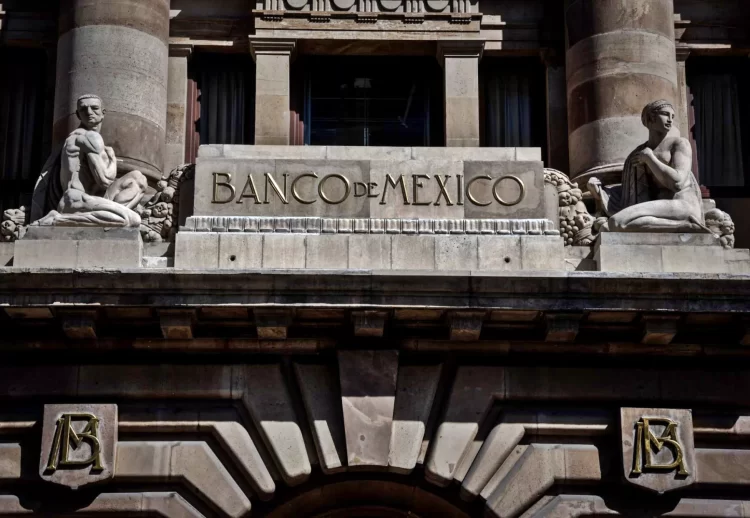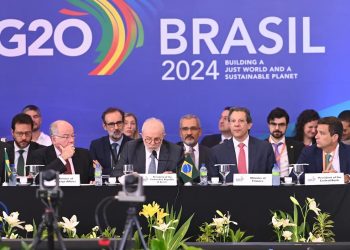Mexico’s central bank, Banxico, is managing a delicate balance as inflation continues to decline, hinting at more aggressive interest rate cuts while facing persistent challenges in controlling service prices. With inflation rates improving faster than expected, policymakers are considering their next moves to ensure sustained economic stability.
In September, annual inflation fell to 4.66%, almost a full percentage point lower than in mid-July. Core inflation, which excludes volatile items, also showed signs of improvement. Despite this positive trend, Banxico’s deputy governor, Jonathan Heath, remains cautious. He emphasized that for inflation to meet the central bank’s 3% target, Mexico must focus on reducing the continued increase in service prices. These prices have remained stubbornly high, hovering above 5% for more than two years.
“The only way we can get core inflation to continue its downward trend towards 3% next year, as is our projection, is to break the persistence of services prices,” Heath commented in a recent podcast. Their stance suggests that the central bank should maintain tight monetary policy until these pressures ease.
On the other hand, Banxico Governor Victoria Rodríguez has expressed a willingness to consider broader interest rate cuts in the future, noting that the central bank could become more aggressive if inflation continues to cool. Last week, Banxico reduced its key interest rate by 25 basis points, taking it to 10.5%, marking its second cut so far this year. Although Heath voted against the measure, preferring to keep rates stable, the general trend points to more easing in the coming months.
Banxico’s decisions are closely linked to broader global economic trends, particularly the policies of the US Federal Reserve. Heath acknowledged that, over time, Mexico’s monetary policy will have to align with that of the US. ., especially if the Fed continues to reduce rates.
As Mexico’s economy heads toward slower growth for the third consecutive year, the possibility of more substantial rate cuts could have far-reaching implications. Lower interest rates could boost consumer spending and business investment, providing a boost to key sectors. However, the persistence of high service prices remains a critical challenge that could influence Banxico’s policy in the coming months.
All eyes will be on the upcoming central bank meetings, where more decisions will be made on rate cuts and economic strategy.
















